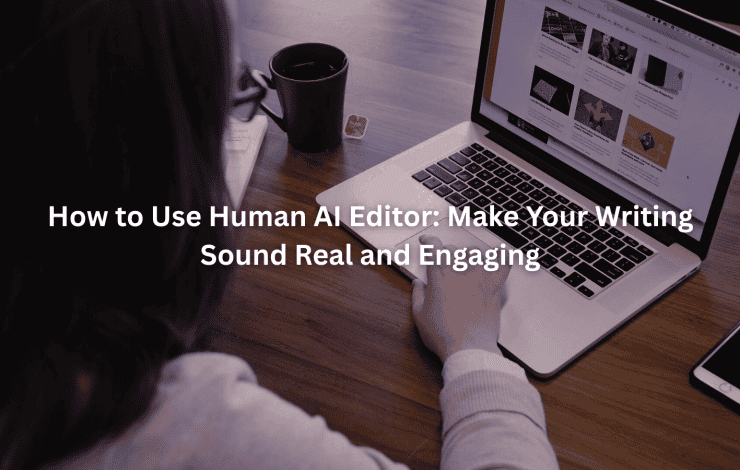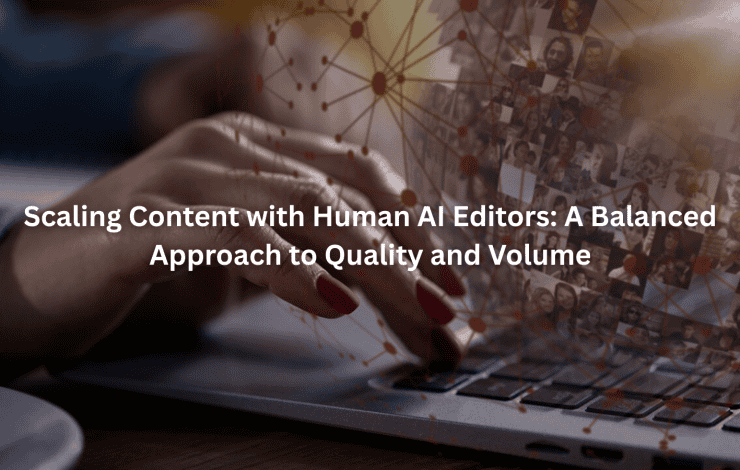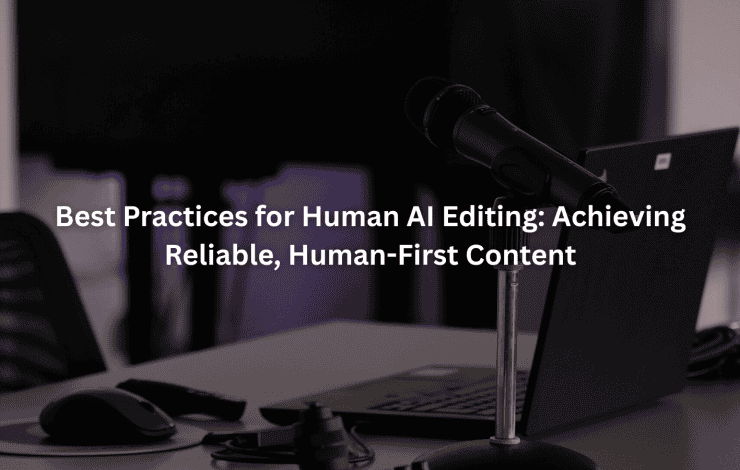AI works best handling the daily grind, cranking out drafts and catching those pesky grammar mistakes nobody likes fixing. But people still need to steer the ship. Smart editors know where to draw the line, letting computers do the boring stuff while keeping their eyes on what matters.
Quality. Ethics. Getting the tone exactly right. And yeah, sometimes the machines need a human touch to stay on track. Everyone wins when there’s a clear process for checking work, plus some good tools to keep things moving.
Key Takeaways
- Clear role definition and checkpoints prevent errors and maintain content quality.
- Iterative feedback loops and collaboration tools drive efficiency and trust.
- Continuous human oversight ensures accuracy, ethical standards, and authenticity.
Defining Roles and Task Allocation in Human-AI Editing
Nobody beats computers at grunt work. But let’s get real for a second. The good stuff, the stuff that actually matters, that needs a human touch. Editors aren’t just there to rubber stamp things. They’re checking if stories hold water, making sure everything feels right. Kinda like taste testing before serving dinner to guests.
And yeah, sometimes AI comes up with something pretty smart, but only real people know if it’s gonna fly with readers. We figured out pretty quickly that we needed these little reality checks along the way. Like guardrails, sorta. Keeps everything from going off the rails.
At Jet Digital Pro, we don’t mess around with fuzzy rules. Everyone knows their lane. Real simple. When editors need to jump in, they jump in. When AI needs to back off, it backs off. Makes the whole thing run smooth as silk. That’s because human skills like critical thinking, adaptability, and clear communication are still irreplaceable in this process, even in an AI-powered world [ 1 ].
AI Responsibilities in the Editing Process
- Cranks out rough drafts when given the right instructions
- Spots those annoying grammar slip ups nobody likes finding
- Notices when stuff starts looking too similar or repetitive
- Makes everything look pretty, fixes formatting in big batches
Human Editor Responsibilities
- Gets final say on whether content goes live
- Makes sure nobody’s making up numbers or facts
- Tweaks the writing so it actually connects with readers
- Keeps an eye out for anything sketchy or problematic
Checkpoints for Human Intervention
- Takes a good look halfway through and at the end
- Double checks that those stats and sources check out
- Keeps track of who changed what and why they did it
All these parts gotta work together, like clockwork. Sometimes messy, but always getting better. Real editors know when to trust the machine and when to trust their gut. That’s just how it goes.
Structured Human-in-the-Loop Workflow
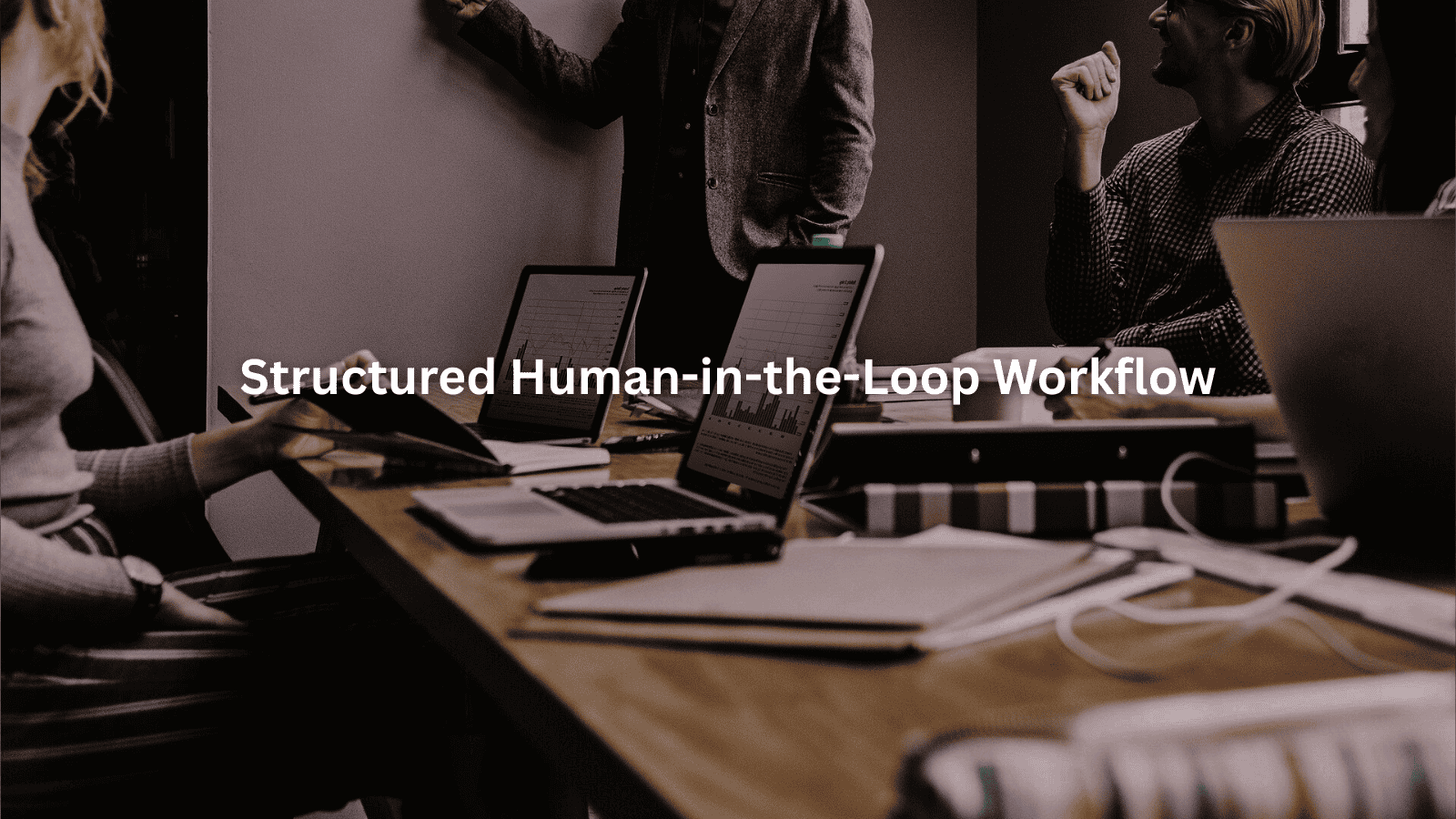
Experience taught us something pretty basic. You gotta have real people checking AI’s work at just the right moments. We call it human-in-the-loop, sounds fancy but it’s really not, just smart integrating AI editors into your workflow at the right moments to keep things efficient and clean.
We always tell folks to start small. Pick similar topics, maybe just a handful of articles at first. Makes it way easier to catch what’s working and what’s not. Once the editors start feeling good about the AI’s output, that’s when we kick things up a notch. Smart right. And yeah, sometimes we mess up, but that’s how you learn.
Nobody wants to fight with complicated software. We keep our tools dead simple, cause who’s got time for that. The stuff we use at Jet Digital Pro just works, editors can fix things on the fly without having to think about it too much. Kinda like your favorite coffee maker, you know. Just press a button and go.
This kind of human-AI teaming isn’t just about handing off tasks, it’s about building trust through collaboration, defining when the machine leads and when the human steers [ 2 ].
Critical Stages for Human Review
- Look over everything before letting AI take a crack at it
- Give content one last good check before it goes live
- Listen to what worked and what didn’t after each round
- Sometimes twice. Just because.
Phased Implementation
- Start small with similar stuff, maybe just blog posts
- Watch the numbers, see what’s actually working
- Let AI do more once it proves itself trustworthy
- Baby steps, you know
Real-Time Collaboration Tools
- Simple enough that anyone can jump right in
- Pings you right away if something looks off
- Shows who changed what and when they did it
- Like a group chat, but for work stuff
These tools help everyone stay on the same page, especially when collaborating effectively with AI editors in real time. And yeah, sometimes they need a little pushing and shoving to work right. But that’s just how things go when you’re mixing humans and machines. Gotta roll with it.
Prompt Engineering and Contextual Preparation
It only takes one vague prompt to see how easily AI can veer off course. We’ve learned to treat prompt engineering as the foundation of any efficient human AI editing workflow. Giving AI precise instructions about style, tone, and our intended audience minimizes the need for heavy revisions later.
We always start by defining specific content goals. If we want a blog post that appeals to small business owners, we spell that out. The AI is much more likely to hit the mark, saving us from endless rewrites.
Organizing our digital workspace is another overlooked but critical step. All outputs, both from AI and from our editors, need to be accessible and tracked. We use version control and clear file naming, so nobody wastes time hunting for the latest draft. In Jet Digital Pro’s system, everything is built for this kind of visibility and collaboration.
Crafting Effective AI Prompts
- Describe the target audience and reading level
- Specify tone, style, and any no-go topics
- Outline content structure and word count goals
Workspace Organization
- Centralized repository for drafts and edits
- Real-time document access for team members
- Automated version tracking to prevent overwrite errors
Continuous Feedback and Iterative Content Refinement
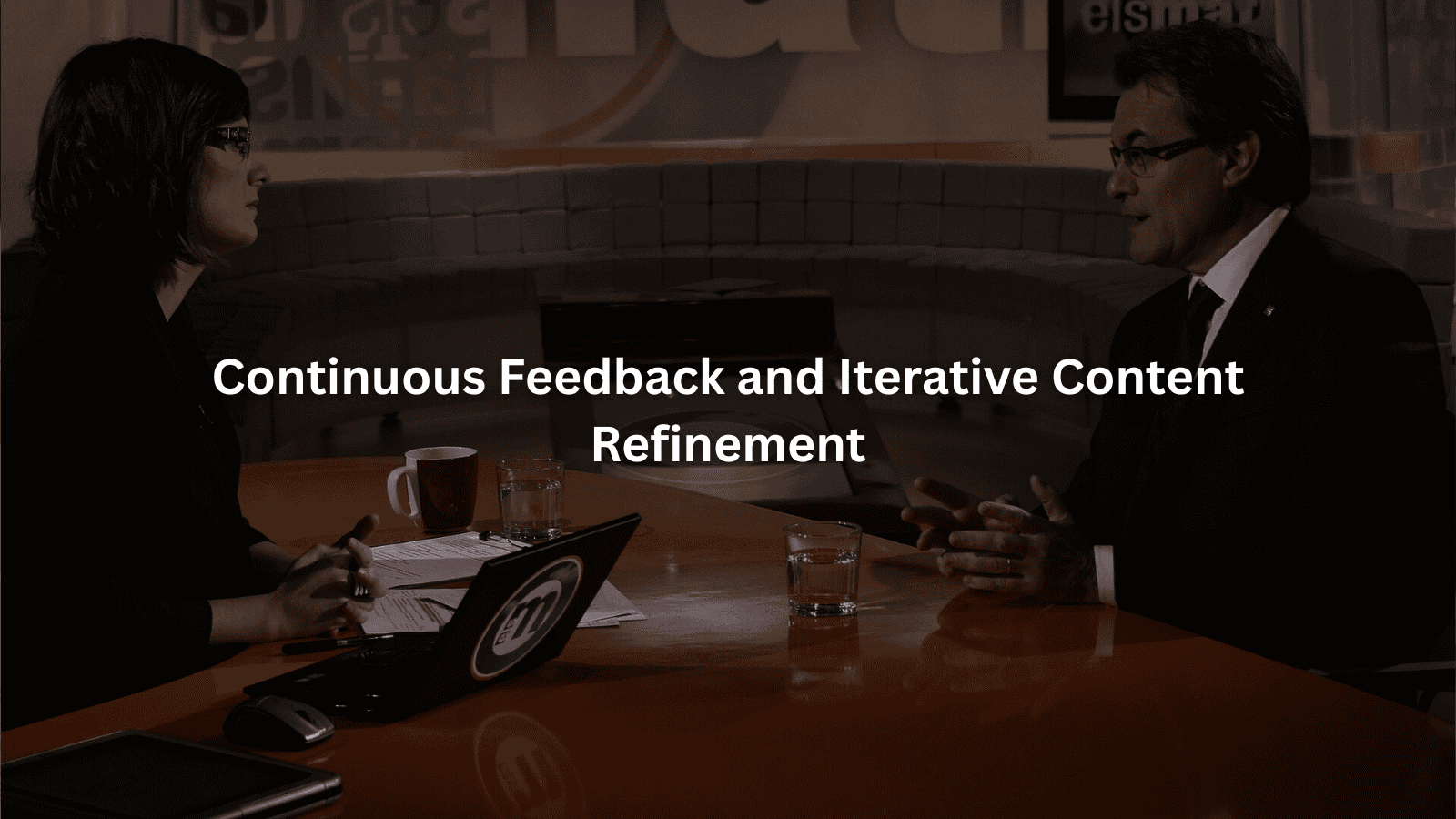
A good editorial process never stands still. We’re always feeding back corrections and observations to the AI, so it learns and improves with each cycle. We set up feedback loops where editors flag errors, inconsistencies, or off-tone language. These corrections aren’t just patched over, they’re fed directly into the AI’s training set or prompt refinements.
Measuring performance is key. We track override rates (how often humans change AI suggestions), error detection, and review times. These KPIs show us what’s working and where we need to intervene more. At Jet Digital Pro, we’ve found that refining these metrics every few months leads to steady improvements in both speed and accuracy.
Feedback Loop Essentials
- Editors flag and annotate errors in real time
- Corrections are documented for AI retraining
- Regular feedback cycles to support continuous improvement
Monitoring Process Efficiency
- Track how often AI outputs need significant human correction
- Measure time spent reviewing each content piece
- Use these metrics to adjust workflow and training
Quality Assurance and Ethical Oversight
No matter how sophisticated the AI, it will sometimes get facts wrong or copy existing sources too closely. That’s why our editors always perform systematic fact-checking and source verification. We’ve seen AI hallucinate plausible but false information, human review is the only safeguard.
Staying transparent is another core value. We’re upfront about using AI in our workflows, especially for sensitive or regulated content. This builds trust with clients and ensures we never cross ethical lines. We also have a set of editorial guidelines that define what’s acceptable and what isn’t, and these are reviewed and updated as AI tools evolve.
Fact-Checking and Source Verification
- Cross-check statistics and claims with reputable sources
- Scan for plagiarism or overreliance on templates
- Confirm originality and topical relevance
Transparency and Ethics
- Clearly label AI-generated or AI-assisted content
- Maintain compliance with disclosure standards
- Regularly update editorial guidelines for emerging issues
Training and Enhancing Human-AI Literacy
Getting the most from our human AI editing tools means ongoing training. Editors need to understand how the AI works, but also its blind spots. We run regular workshops covering common pitfalls and share best practices for human-AI editing across the team to help everyone stay sharp.
Best practices for reviewing AI output get shared across the team. When someone spots a new kind of error, we document it and update our internal wiki. Flexibility is crucial, since AI technology changes quickly. We encourage everyone to stay curious and keep up with the latest updates, both from Jet Digital Pro’s development team and the broader industry.
Training Focus Areas
- How to use and troubleshoot editorial AI tools
- Recognizing and correcting typical AI errors
- Sharing best practices for quality control
Staying Ahead of Change
- Ongoing education on new AI features and models
- Open channels for team communication and questions
- Fostering a culture of experimentation and trust
Scalable and Flexible Workflow Implementation
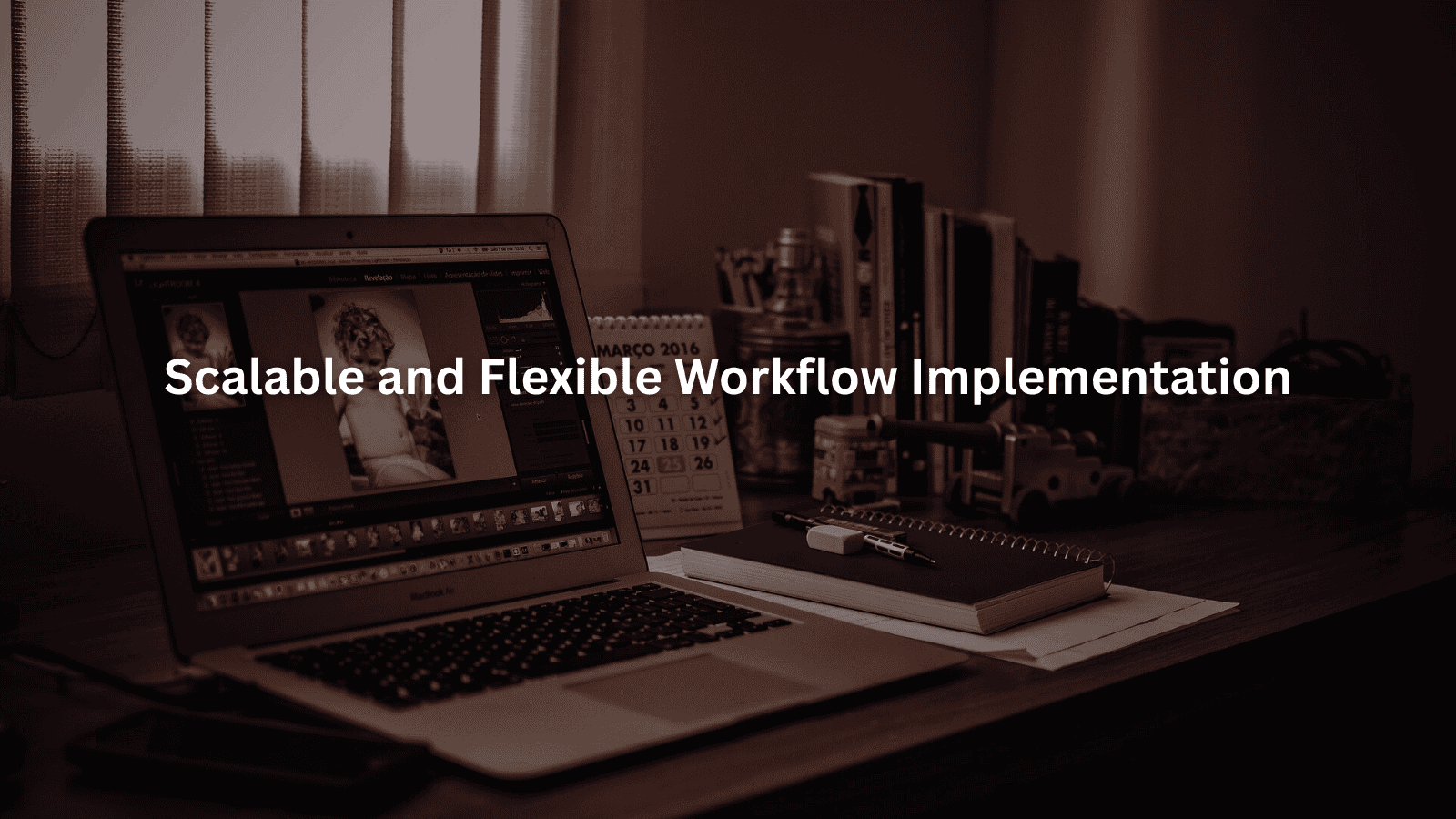
We never rush to automate everything. Instead, we start small: automating the simplest, most repetitive tasks, and letting human editors focus on decisions that require judgment. As the AI proves itself, we increase its responsibilities, but always with clear boundaries.
For complex or ambiguous cases, humans always have the final say. We’ve found that trying to force full automation only leads to frustration and mistakes. Defining boundaries for AI autonomy is a living process, what works for product descriptions might not work for thought leadership articles.
Gradual Automation Steps
- Automate spelling, grammar, and formatting first
- Expand to structure and style suggestions
- Keep human oversight for content requiring nuanced judgment
Human Oversight in Critical Steps
- Mark high-risk or sensitive content for mandatory review
- Create override mechanisms for editors to reject AI changes
- Continuously review and adjust autonomy levels
Collaboration Tools and Workflow Optimization
Are You a Digital Agency?
White Label SEO Content Services for Agencies
Scalable, customizable, and results-driven content solutions for your clients.
The right tools can make or break a human AI editing process. We use multi-user editing platforms that support real-time annotation and feedback. If the AI flags something as low-confidence, an alert goes out so an editor can jump in.
Correction and feedback tools must be easy to use. If it takes more than a minute to flag or fix an issue, editors get frustrated and quality slips. Jet Digital Pro’s platform is built around these principles, quick corrections, visible feedback, and seamless integration of AI speed with human creativity.
Coordinating multiple editors, tracking progress, and sticking to guidelines is all managed through our workflow platform. This keeps everyone on the same page, no matter the project size.
Key Collaboration Features
- Real-time co-editing and annotation
- Automated alerts for uncertain AI outputs
- Simple, accessible correction tools
Optimizing Editorial Workflow
- Centralized project dashboards for tracking progress
- Built-in editorial guidelines and checklists
- Streamlined communication between editors and AI
Practical Advice
If you’re building your own efficient human AI editor process, start with the basics: define roles, set up checkpoints, and use tools that fit your team. Don’t try to automate the complicated stuff right away. Focus on feedback loops and real-time collaboration. Train your editors and keep reviewing the process as you go.
At Jet Digital Pro, we’ve learned that efficiency doesn’t mean sacrificing quality or authenticity. It’s about letting people do what they do best, and using AI to handle the rest. That’s how we deliver high-quality, Google-resilient content that clients trust, every time.
FAQ
How does an AI editor switch between different writing styles without getting tone-deaf?
An AI editor needs constant tweaking of prompts and style guides, much like tuning a radio. The process isn’t as simple as flipping a switch – it requires building up a library of verified prompts that work for each style, then testing them against real content. Writers usually need to spend about 2-3 hours making adjustments before the AI catches on to their preferred tone. Sometimes it’ll still miss the mark, but that’s where human oversight comes in.
What’s the best way to handle AI’s tendency to repeat certain phrases when editing long-form content?
The trick lies in breaking down the content into smaller chunks (around 300-400 words each) before feeding it to the AI. This prevents the strange loop effect where AI starts echoing its own phrases. You’ll need to keep a running list of common repeat offenders – those phrases the AI loves too much – and explicitly tell it to avoid them. Setting up these guardrails takes time, but it’s worth it for cleaner output.
When should writers actually ignore AI editing suggestions?
Need a Strategic SEO Content Partner?
Let’s craft SEO content that ranks, converts, and grows your brand.
Talk to UsWriters shouldn’t take AI suggestions as gospel, especially when dealing with industry jargon or specialized knowledge. The AI might try to “fix” perfectly good technical terms or suggest alternatives that sound right but aren’t used in practice. Experience shows that about 30% of AI edits for technical content need to be overridden. Trust your gut – if something sounds off, it probably is.
What’s causing those weird spacing issues when AI reformats bulleted lists?
This happens because most AI editors don’t really understand markdown and HTML formatting at a deep level. They’ll often add extra line breaks or mess up indentation. The fix isn’t perfect, but copying the text into a plain text editor first, then running it through the AI, then reformatting manually seems to work best. It’s annoying, but it saves time compared to fixing each bullet point individually.
Why do AI editors sometimes miss obvious contextual errors while fixing grammar?
The current batch of AI editors looks at text in chunks rather than understanding the whole piece. So while they might catch basic grammar issues, they often miss things like mixed metaphors or incorrect industry references. A good rule of thumb is to assume the AI has about a 5-paragraph attention span. Anything requiring broader context needs human eyes, no matter how smart the AI claims to be.
Conclusion
In the end, the most efficient editorial systems don’t just rely on AI, they rely on smart collaboration. By combining machine speed with human insight, teams can create content that’s faster, sharper, and more ethical. At Jet Digital Pro, we use clear roles, simple tools, and ongoing feedback to keep our white-label SEO solutions scalable and effective. The result? Content that earns trust, drives results, and feels truly human. Let the tech assist, but let humans lead.
Want content that scales without sacrificing quality? Contact JetDigitalPro.
References
- https://solutionsreview.com/the-core-human-skills-required-for-success-during-the-ai-boom
- https://www.uschamber.com/co/run/technology/human-ai-teaming
Related Articles
- https://jetdigitalpro.com/integrating-human-ai-editors-into-workflow/
- https://jetdigitalpro.com/best-practices-for-human-ai-editing
- https://jetdigitalpro.com/collaborating-with-a-human-ai-editor
P.S – Whenever you’re ready,
we’re here to help elevate your SEO content.
Partner with us for strategic, scalable content that drives real organic growth.
Contact Us Now


